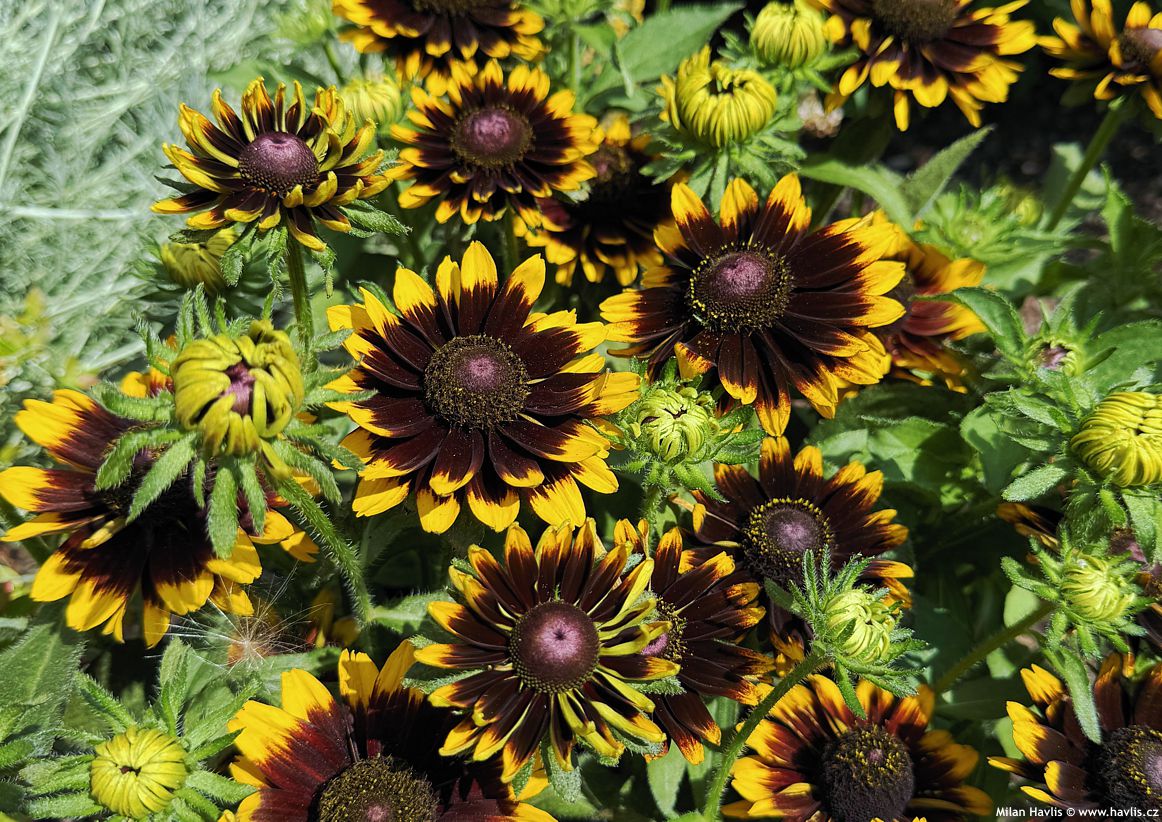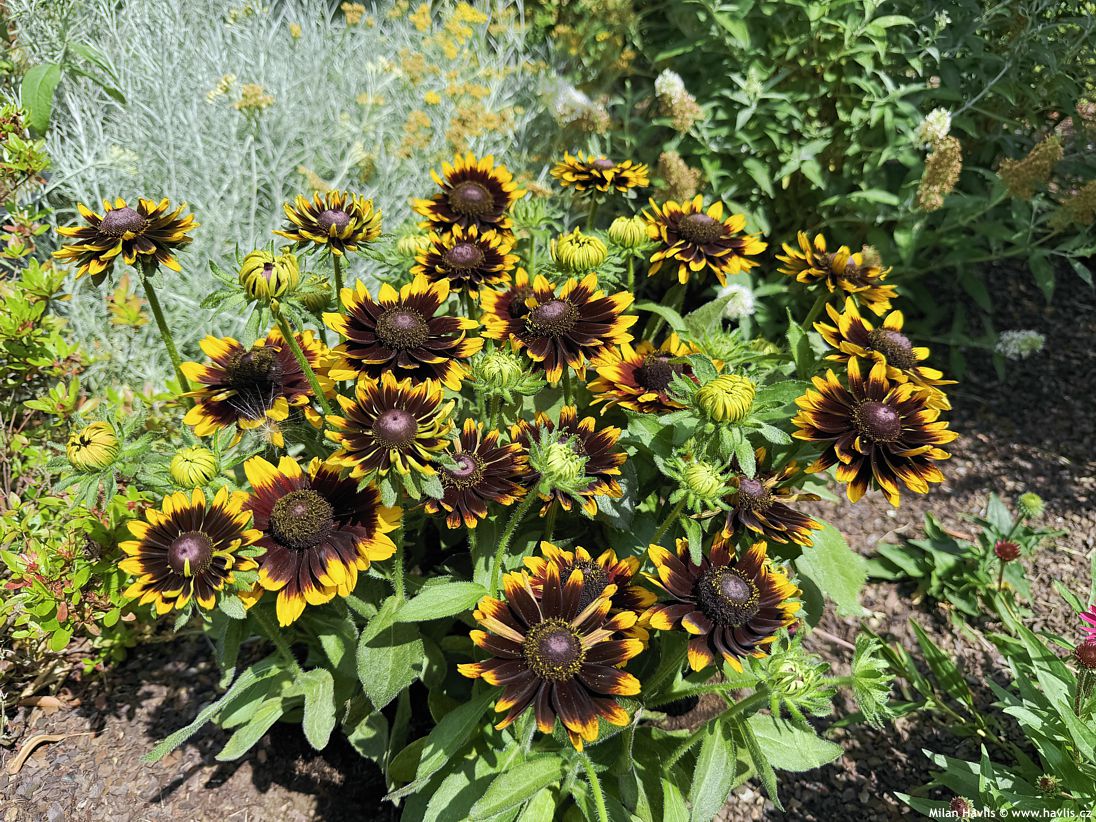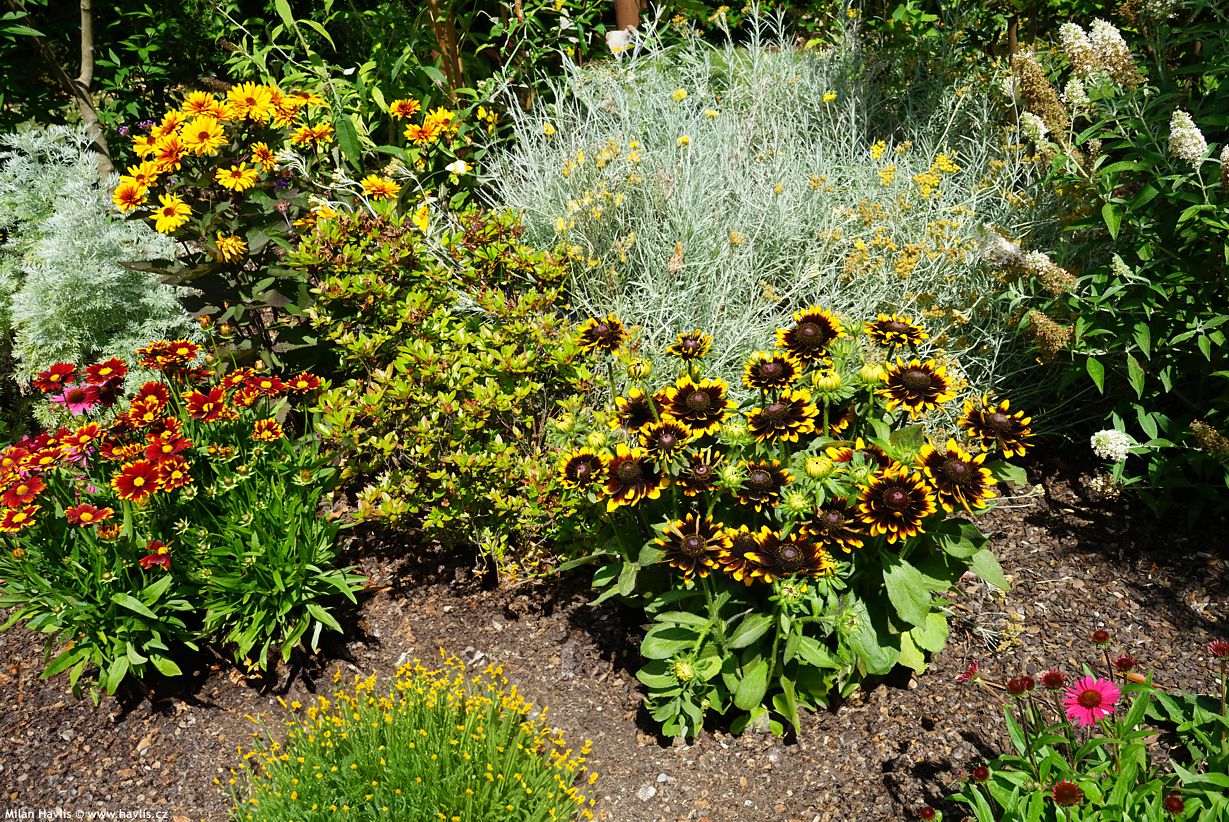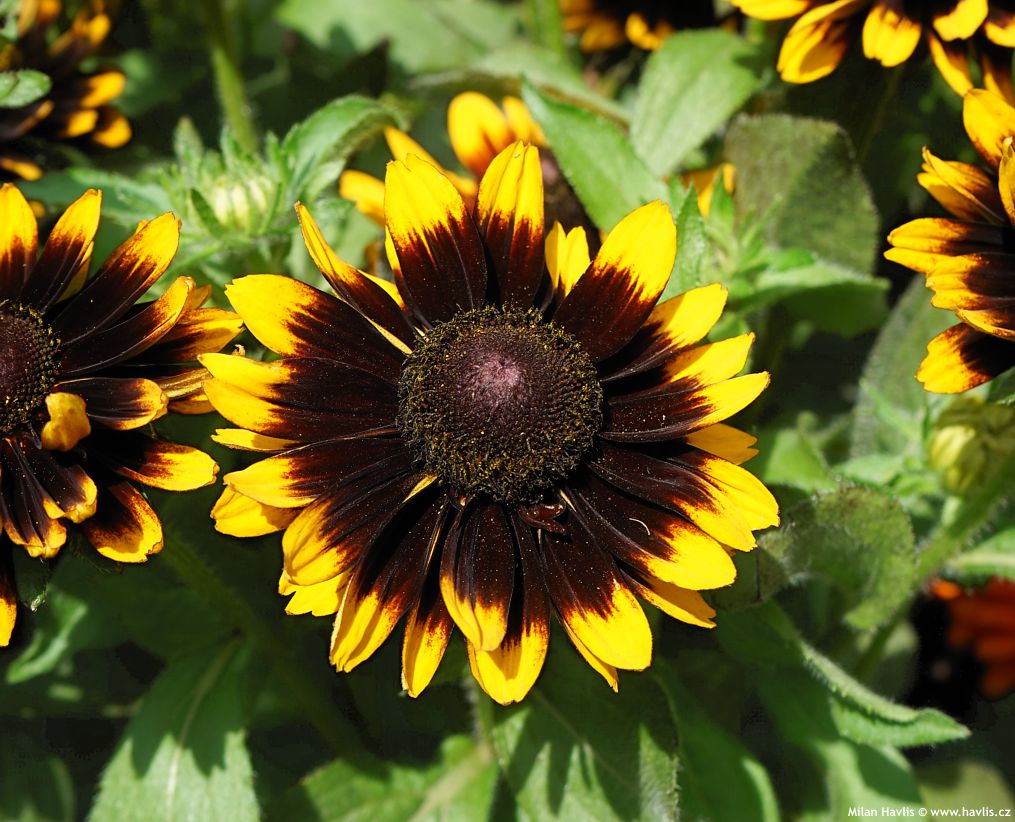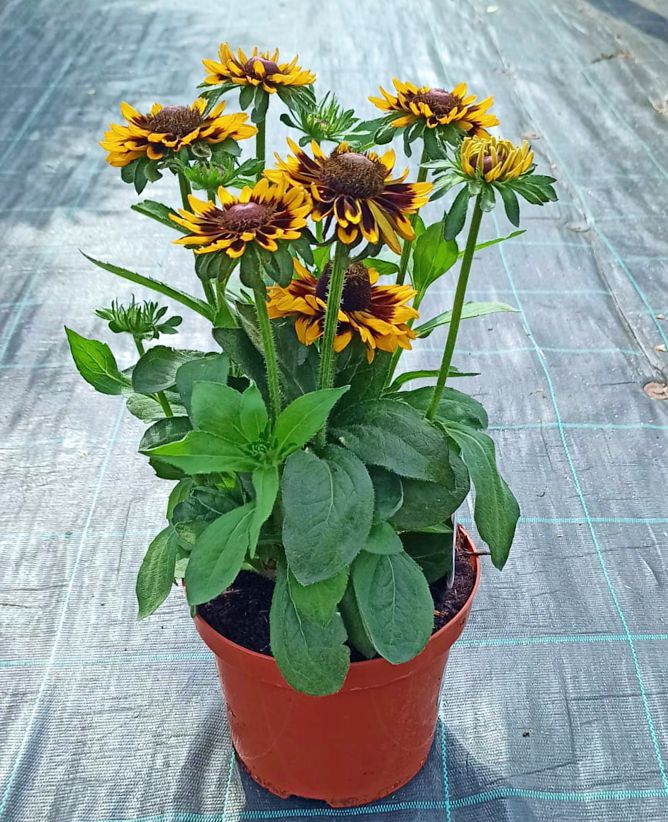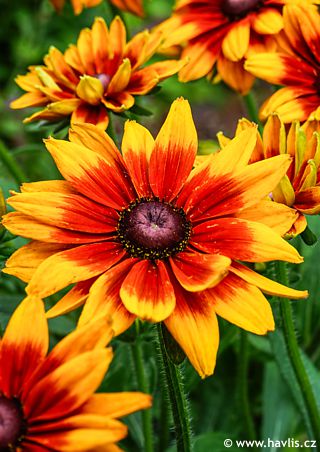Rudbeckia hirta 'RUDY MINI YELLOW BLACK' gloriosa daisy
Rudbeckia
Rudbeckia hirta has a botanical name hairy rudbeckia, however, we all know it by its nicer and more poetic name gloriosa daisy. It is a North American perennial species named by Swedish naturalist Carl Linnaeus in honor of his mentor Olof Rudbeck (1630-1702), a prominent 17th-century botanist and physician whose daughter became a grandmother of Alfred Nobel. Rudbeck was among the first to connect botany with medicine, so it’s no coincidence that the plant bearing his name was traditionally used as a medicinal herb in its native range — decoctions from its roots were applied to treat colds, earaches, and even snake bites. Its natural distribution stretches from southern Canada through the United States to northern Mexico. In the wild, it thrives in sunny meadows, embankments, and forest edges, favoring well-drained soils that retain some moisture.
In Europe, rudbeckia began to be cultivated for its striking flowers as early as the 19th century, and in some regions it has even naturalized — in Czechia it was first recorded growing wild in 1873. Locally, it’s often considered a short-lived perennial or annual, but it self-seeds reliably, allowing it to persist for many years in the same spot — often without us knowing whether we’re looking at the original mother plant or its offspring. Thanks to this trait, it has become a beloved feature of cottage gardens, parks, and public plantings where its cheerful blooms bring a sunny accent from summer into autumn.
The Rudy series of rudbeckias was developed by the Dutch breeding company Florensis, with the goal of creating early flowering cultivars with good performance even under less-than-ideal care. These varieties offer a profusion of blooms roughly from the same period as echinaceas.
Rudy Mini Yellow Black is a compact, low-growing cultivar from 2022 with a very dense habit and abundant flowering. Its daisy-shaped blossoms are surprisingly large – measuring 8–10 cm across, with semi-double petals that are two-thirds dark brown, resembling bear fur (perhaps a nod to the common name “hairy”? 😊) and glowing golden-yellow tips. The flower centers are deep, rich brown like dark chocolate. Each flower lasts for an impressive two weeks or more, much like echinaceas. It begins to flower around mid-July and keeps going until the last sunny and warm days of autumn.
The foliage is narrowly oval, slightly hairy, in shades of light to mid green, and notably healthy. Stems are upright, well-branched, and reach a modest 40 cm height. Since this plant loves sun and near-to-dry conditions, it pairs beautifully with other prairie-style perennials and drought-tolerant companions. It creates a striking contrast with silvery foliage plants such as Helichrysum and Artemisia, low ornamental grasses like Festuca, and airy companions such as Gypsophila. It works beautifully as a low-growing foreground accent in front of Perovskia or compact cultivars of butterfly bush (Buddleja). It can also be used as a floral centerpiece among small shrubs and conifers, and of course, it looks stunning when planted in mass in containers on patios and balconies.
Gloriosa daisy does not tolerate heavy clay or wet, boggy soil. It requires good drainage while maintaining adequate moisture during the growing season. Plant it in full sun only. Deadheading prolongs the flowering period and encourages the formation of new buds, as does occasional fertilizing. It is considered a short-lived perennial, and for best results should be grown in open beds without mulch sheets to allow self-seeding. Seedlings typically bloom in their first year. Under ideal conditions, it is fully hardy to around −34 °C (USDA zone 4). Just beware of slugs, which can damage all of the newly emerging leaves in spring, leaving the plant so weakened that it may die.
Last update 20-07-2025
Goods are shipped all over Europe. For Russia and U.K. and for further details please read about SHIPPING OPTIONS HERE.
Are you interested in a serious discount for orders NOV-FEB? Check your options here.
THE PRICES INCLUDE VAT of 15%. For quick conversion you can use 1 CZK = approx. 0.04 EUR
- STANDARD QUALITY - Plants of this group are 1st class quality with number of branches and overall density adequate to their size and age, considering they were container grown.
- DE LUXE QUALITY - This label guarantees a luxurious quality of manually selected plants that, compared to their height and age, are exceptionally dense and beautiful.
- EXTRA - These plants are usually mature and bigger specimens with exceptional overall appearance.
- STANDARD (as described in the plant form) means a tree with a trunk of 190-210 cm and a crown at the top, unless specified differently. The commercial size for trees is their girth measured in the height of 1m from ground.
- HOBBY - These plants are of the same quality as our standard-quality plants but younger and therefore cheaper.
- SHRUB - a woody plant with branches growing bushy from the ground level.
- HALF-STANDARD or MINI-STANDARD - a small tree with shorter trunk, its size is usually specified.
- FEATHERED - These are trees with branches growing already from the base of the trunk and up along the stem.
- GRASSES and PERENNIALS - Sizes given usually read the diameter of the pot or the clump, as specified.



















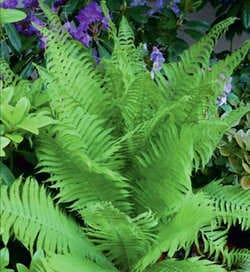




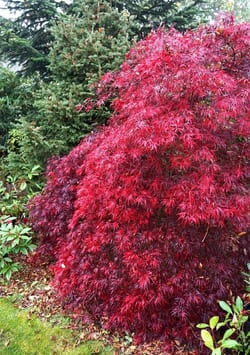
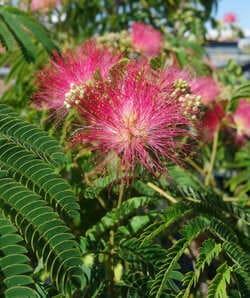
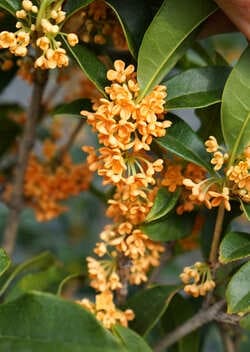



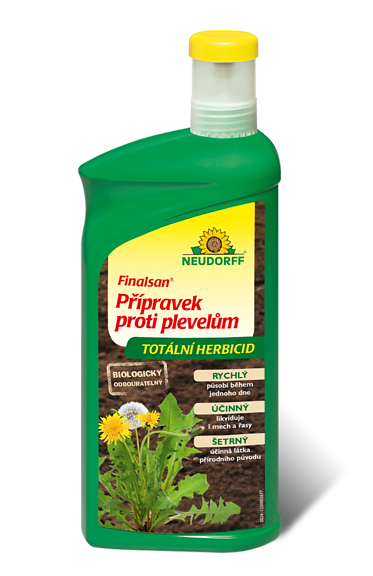


.jpg)
